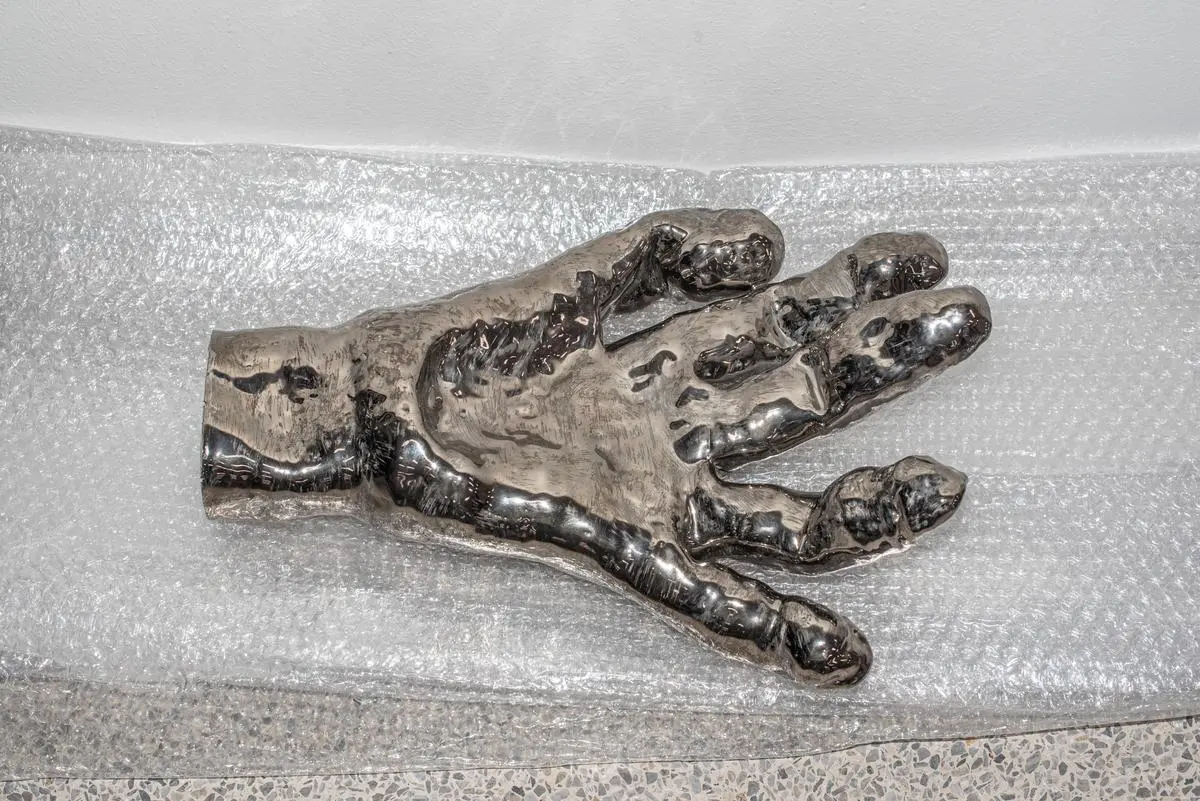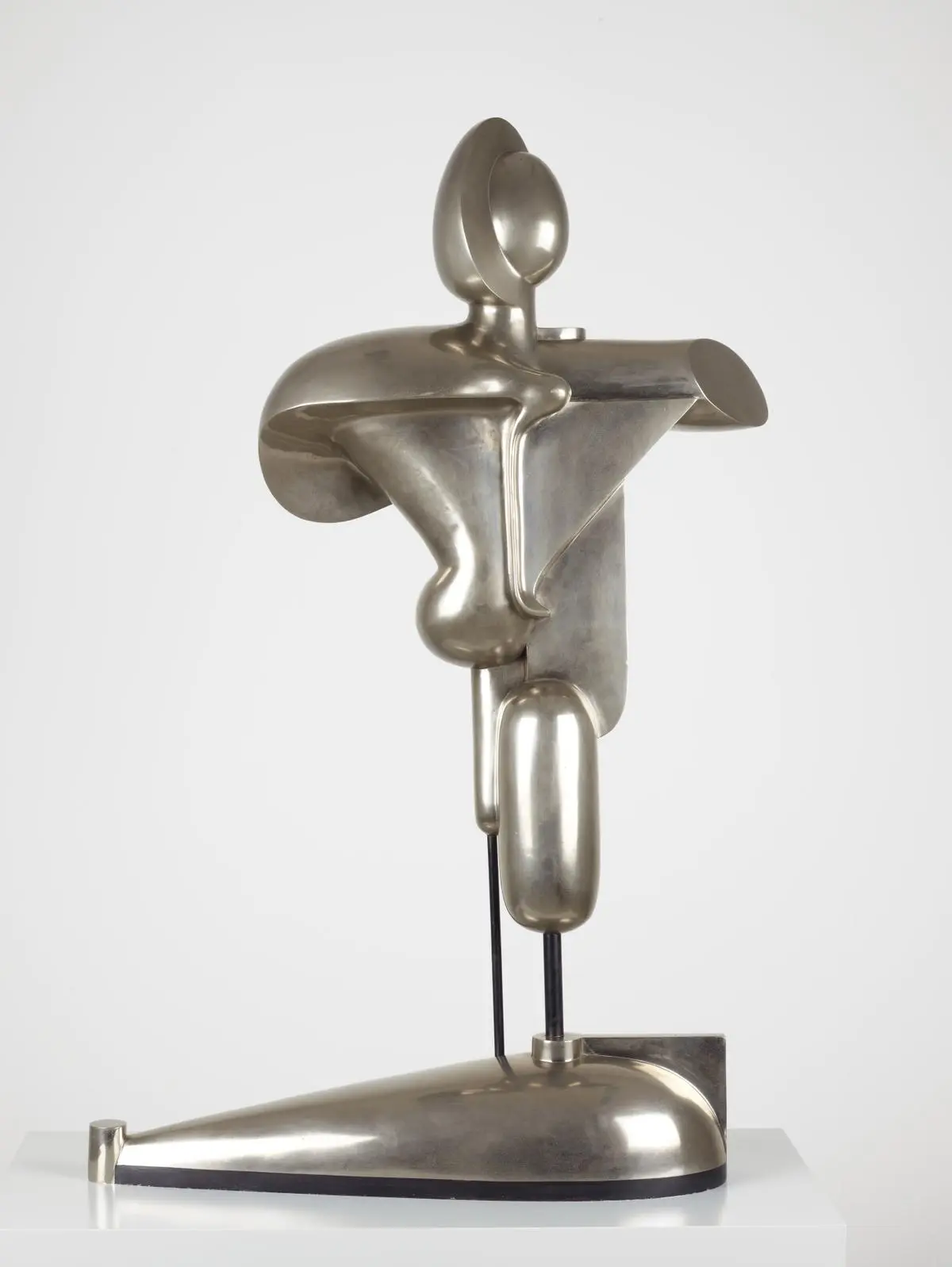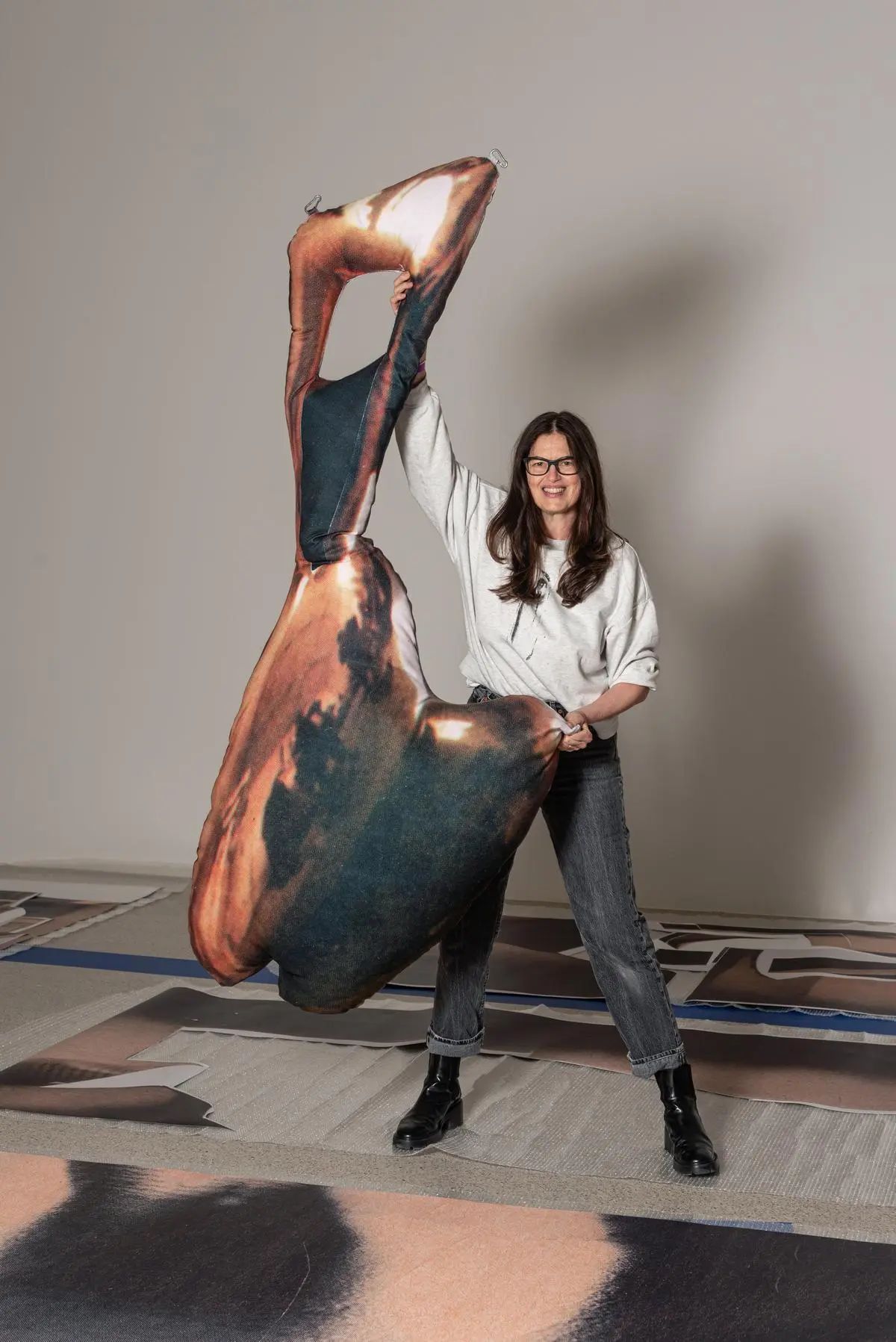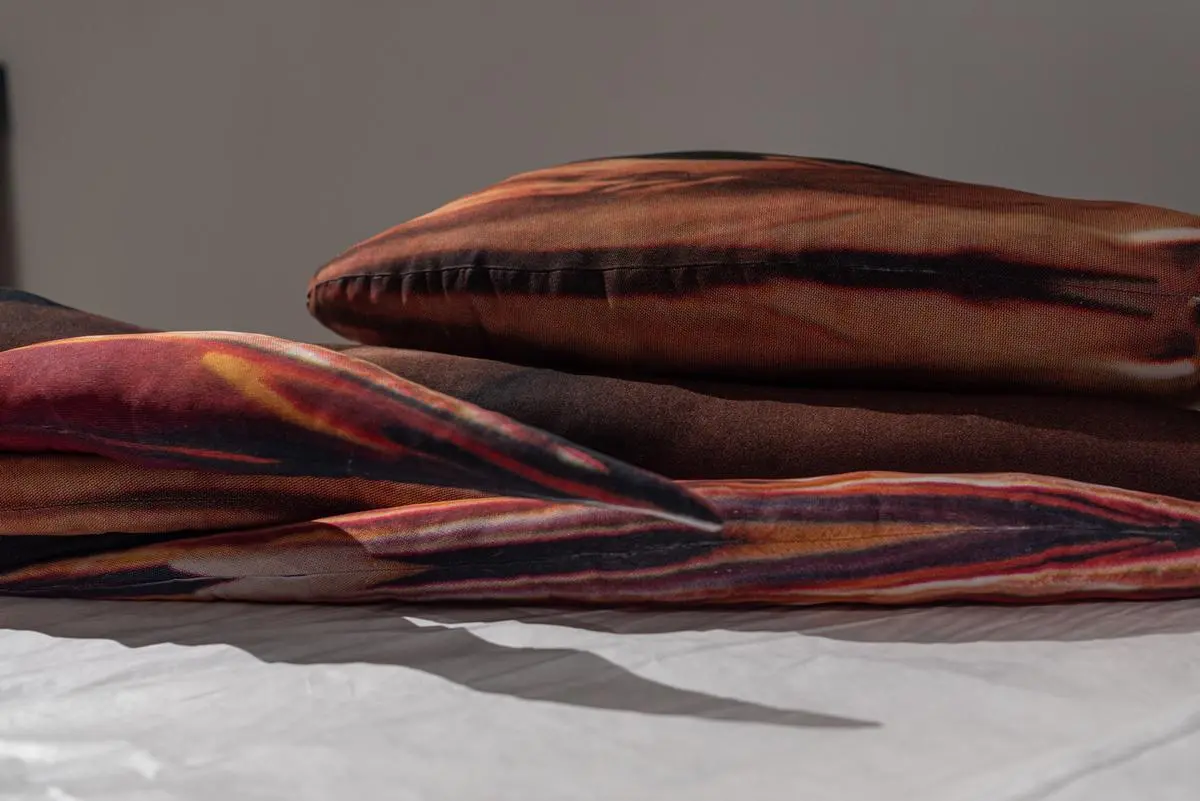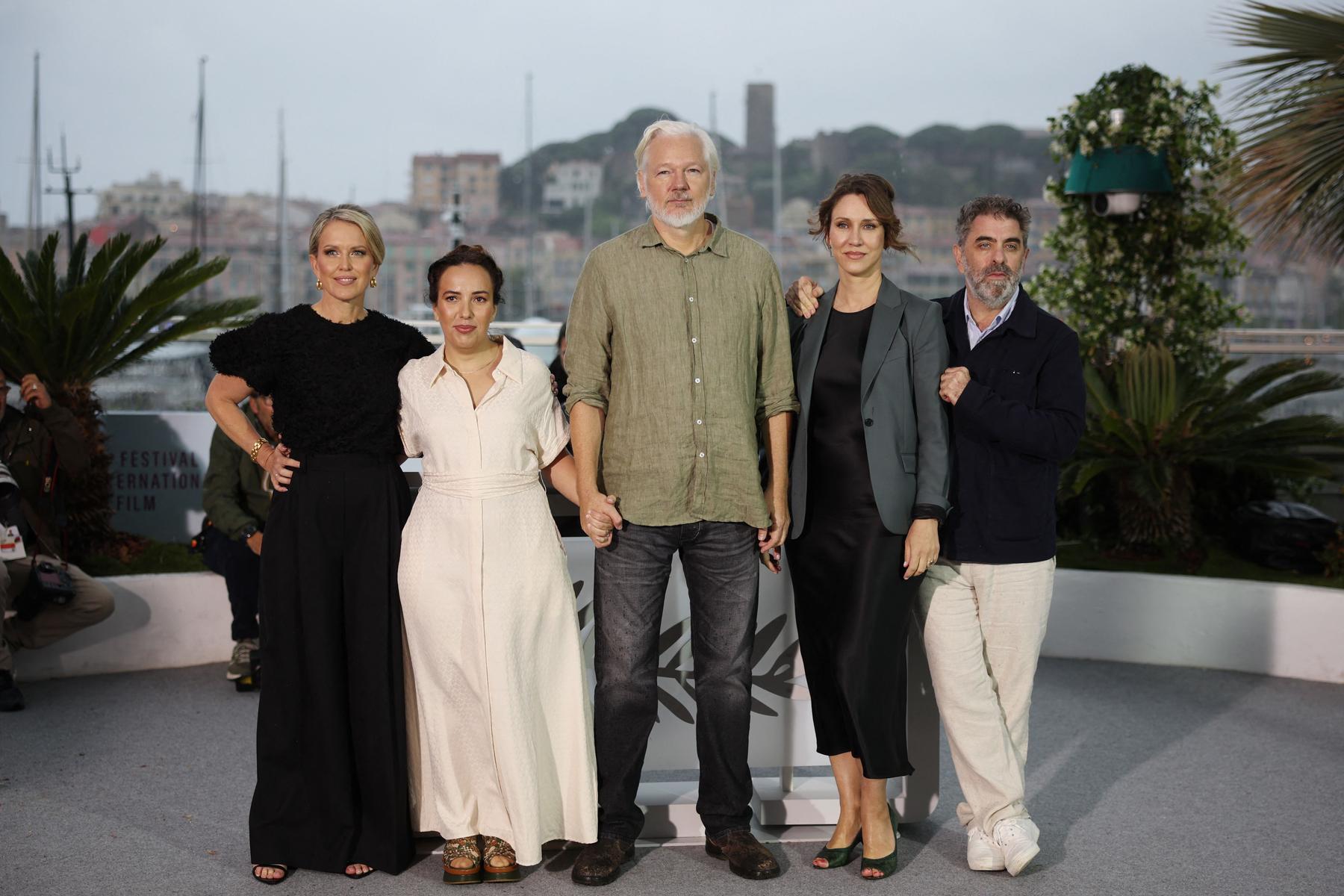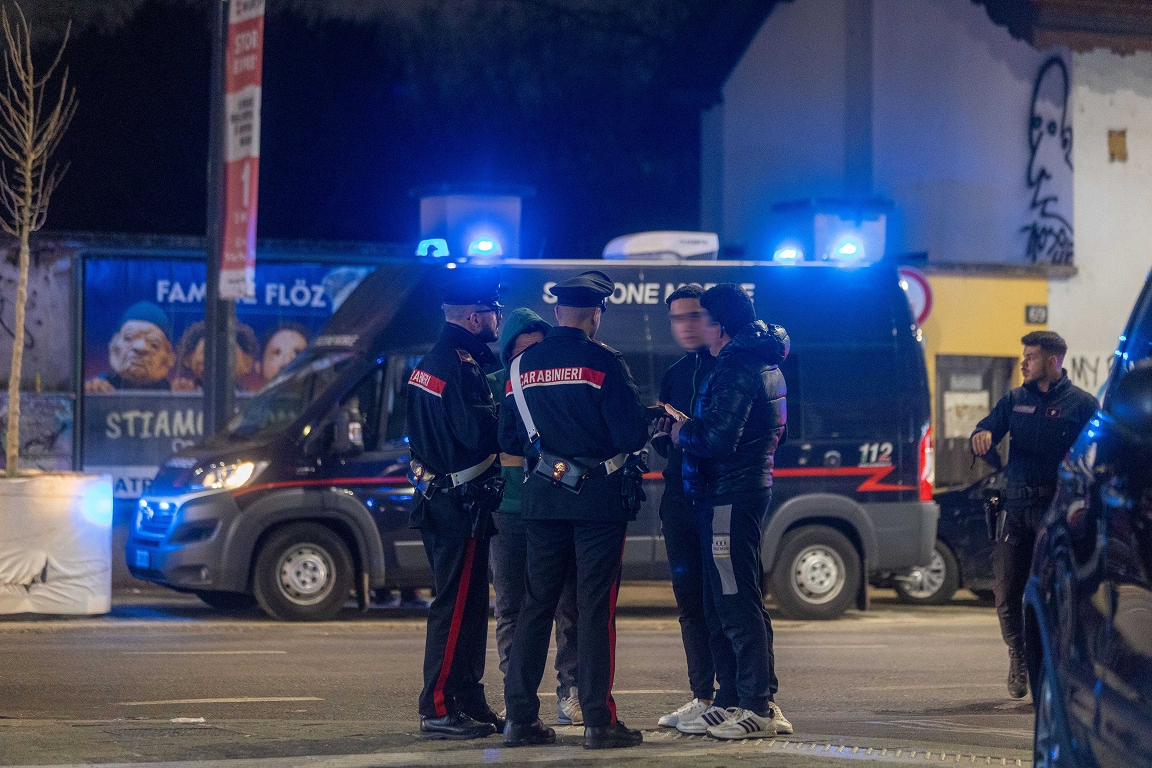« The World of Tomorrow » in Mumok – Diepresse.com
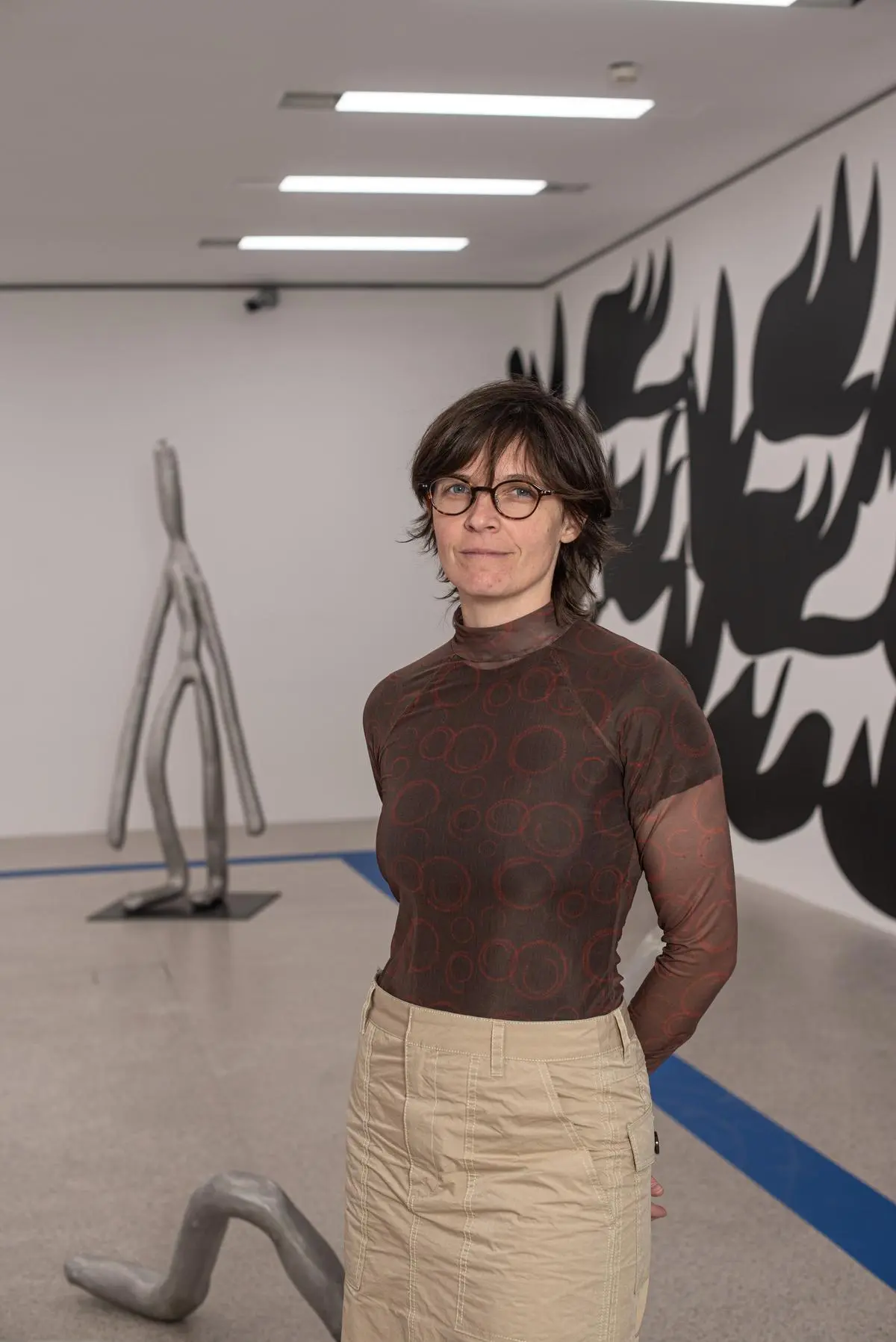
Barbara Kapusta and Anita Witek go on time travel with three other artists in the museum: they look into the 1920s and in the morning with their own work and collection objects of the Mumok.
There is a bracket on the ground, and a hand embedded on air cushion film is tolerated until Barbara Kapusta positions it in the room. The Viennese visual artist is for her multimedia work, in which she deals with materials and, in addition to objects, shows animation films and wall designs, 2020 with the Otto Wall Prize was honored for visual arts. Now the Mumok has invited you to play a museum level. It is about the « World of Tomorrow »: an exhibition title in which the « World of Yesterday » described by Stefan Zweig sounds, that of the spirit of optimism in the 1920s before the political events then overturned and fascism lay over Europe.
« /> In the world of tomorrow that Barbara Kapusta draws, different forms of existence coexist and find a common way despite friction. Christine Pichler
Conflicts among neighbors from 1920 and 2020
The show is now connecting to this past decade, whereby the world of tomorrow in Mumok will « have been another present »: with the puzzled title addition, curator Franz Thalmair wants to link this yesterday from 100 years ago to today and future questions. To do this, he has invited five contemporary artists to entangle their current positions with those of classical modernism that they selected in advance from the museum’s existence in order to recover the story from today’s perspective and to have the work react to each other.
One of the five is now Kapusta, the works of which can stand out a little like aliens from the future from the rest of the exhibition area in the construction phase. This is also justified in terms of content, as a setting, Kapusta prefers to choose scenarios of the future state of the world as it imagines it. In a corner, her video work « Emphatic Creatures » from 2018 will run, in which she simulates a post -apocalyptic landscape. In it, the brackets and the hand from the museum floor now play in digitally animated form, they encounter an eight and an o, breathing, ruffle and break, combine with the other elements. « How strange can bodies be? How do you find a common form or language? », Kapusta calls questions behind it.
How can we live together?
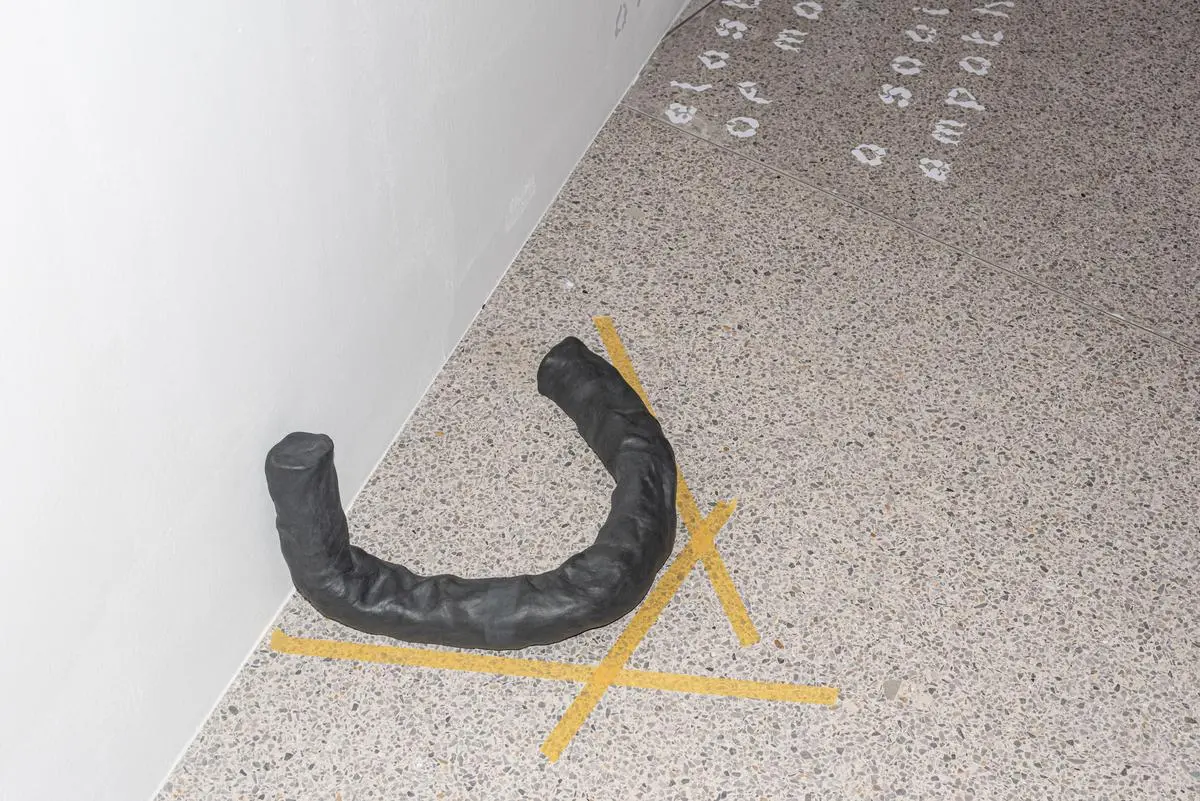
« /> Barbara Kapusta’s bracket can be converted into her material, sometimes it is an object made of ceramic, sometimes it appears digitally animated in a video work. Christine Pichler
Body and language are recurring elements that colonize Kapustas art in various media. Sentences from her video have also found a place on the wall as a font, Kapusta, for example, stuck « a Society of Empathy » in white letters there. Behind their idea of bodies that disassemble and then multiply are thoughts of a possible future community and inclusive. « The essence may be the question of how we can live together and how we talk about differences and conflicts in neighborhoods. »
